Be it instrumentation, electronics, or electrical engineering, a feedback control system plays a very important role. As the name implies, it is a system that controls anything based on feedback. You can also call it a closed-loop control.
Anything which takes feedback into consideration and then controls the output is called a feedback control system. Let us have a look at this post at its detailed working principle.
What is a Feedback Control System?
A feedback control system basically has five components – input (set value), output (process variable), process being controlled, sensing devices, and actuating / control devices. Have a look at the below figure.
Let me explain this with a simple example of an air conditioner.
Consider the following things –
- Temperature Setpoint set by the remote controller – Input
- Temperature – Output
- Temperature sensor – sensing device
- AHU – process being controlled
- Compressor – control device
Now, relate this to the concept we are trying to explain. You set the temperature at 26 °C. You start the AC. On starting, it is found by the sensor that the current temperature is 32 °C. Based on this feedback, the controller inside will start the compressor. The compressor will try to bring down the temperature.
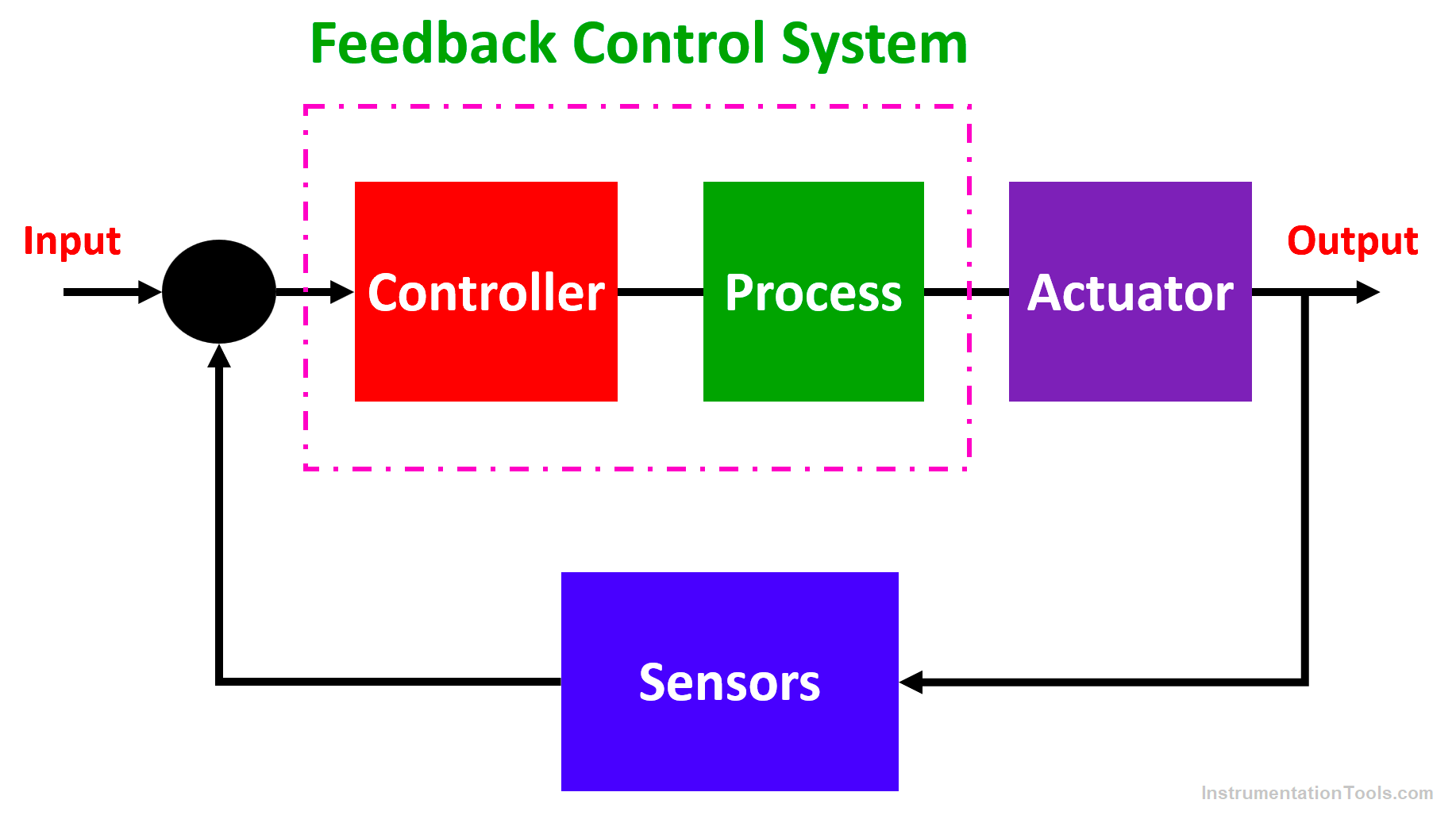
Simultaneously, the sensor is continuously giving its feedback to the controller. When the current temperature has finally reached its set point, the compressor will turn off. Based on the turning-off condition, two cases can then happen – either the temperature will increase or will continue to decrease.
If the temperature is again found to be increasing, then the compressor will again turn on to bring it down. And, when the temperature is decreasing, then no action will be taken unless the temperature increases again. This is the basic concept of the feedback control system.
It is found that the calculation is mainly dependent on two main factors – required value and current value. The resulting difference between them is called the error. Based on this error, the controller decides how to manipulate the controlling device so that it will try to bring the error to zero after a certain stage. This is what the feedback control system works on. It is a real-time calculation. You have to control one process, but if you know how the process is currently running, then you will be accurately able to handle it.
A very popular example is PID (proportional integrative and derivative). PID controls the process either by digital output or analog output. The example we discussed earlier was a digital output (compressor – on or off). In the analog output, the output is varied proportionally to get more control in the system (like an actuator valve or VFD).
Types of Feedback
- Positive feedback: – In this type, the feedback signal is added with the input signal in the controller. It is a very least used type, as it has less control over the error.
- Negative feedback: – In this type, the feedback signal is subtracted from the input signal in the controller. It is the most used type, as it has great accuracy and control in the process. The example we discussed earlier was a negative feedback one, which tries to decrease the error by bringing input and output close to each other.
Advantages of Feedback Control System
- Reduction of non-linear effects, which are most often seen in open-loop systems (without feedback).
- Reduction of external noise and disturbance.
- Increase in efficiency, accuracy, and quality.
- Reduction in instability and process uncertainties.
- The transient response can be easily controlled
- Improvement in gain and bandwidth.
In this way, we understand the concept of a feedback control system used in many engineering processes.
If you liked this article, then please subscribe to our YouTube Channel for Instrumentation, Electrical, PLC, and SCADA video tutorials.
You can also follow us on Facebook and Twitter to receive daily updates.
Read Next:
- What is Adaptive Control?
- Download PID Simulator
- Industrial Automation Levels
- ICS System Design Factors
- History of Internet of Things
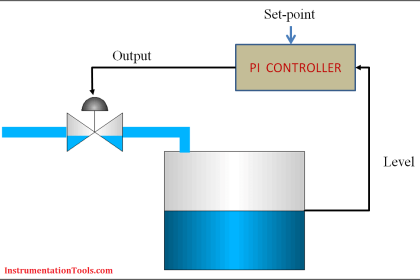
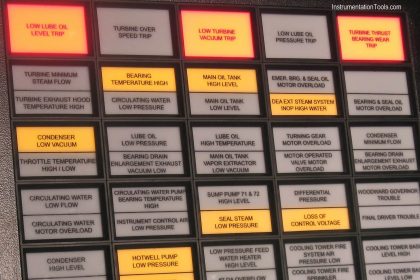

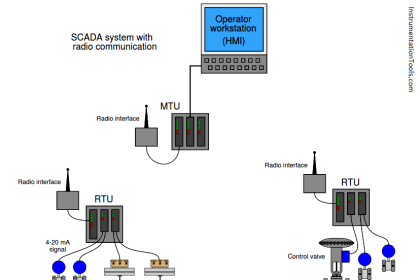
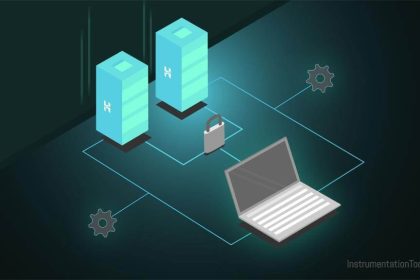
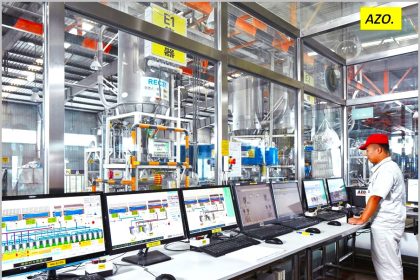
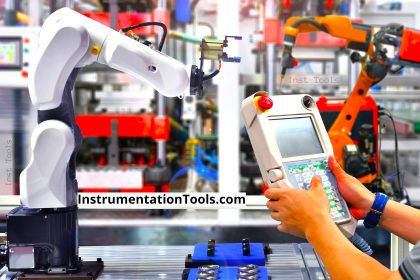

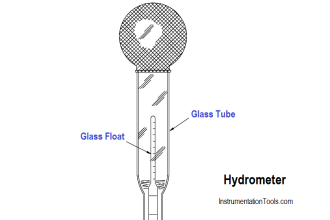
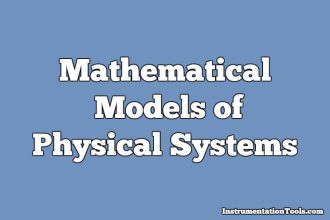
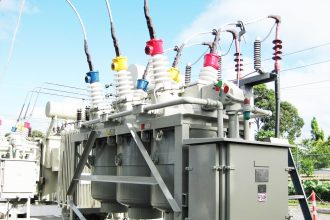


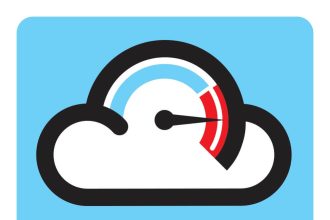
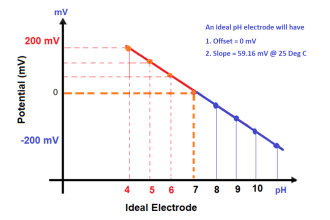
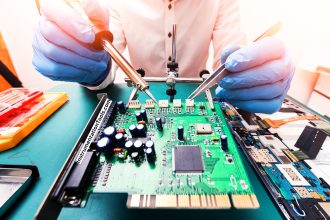

Good Stuff!